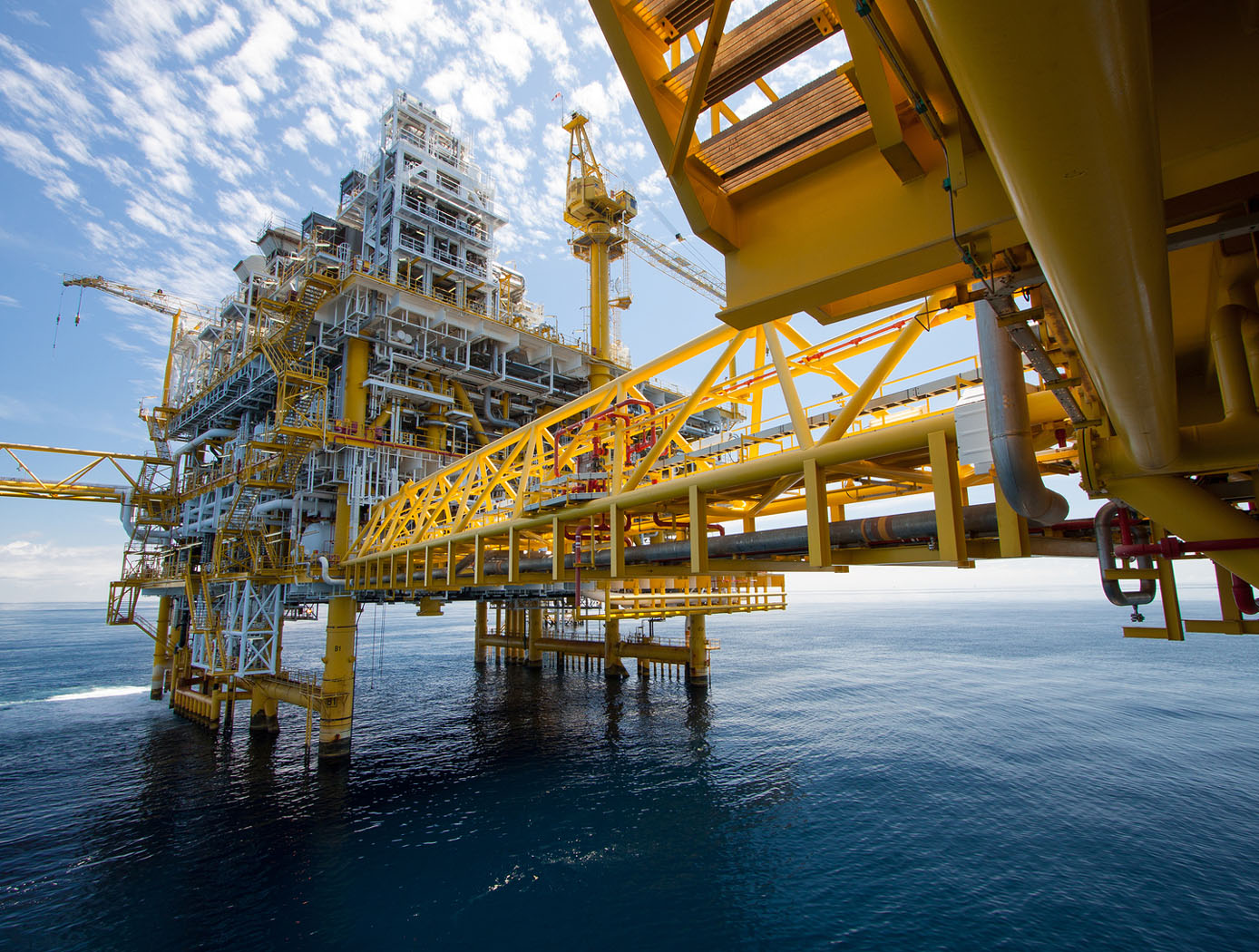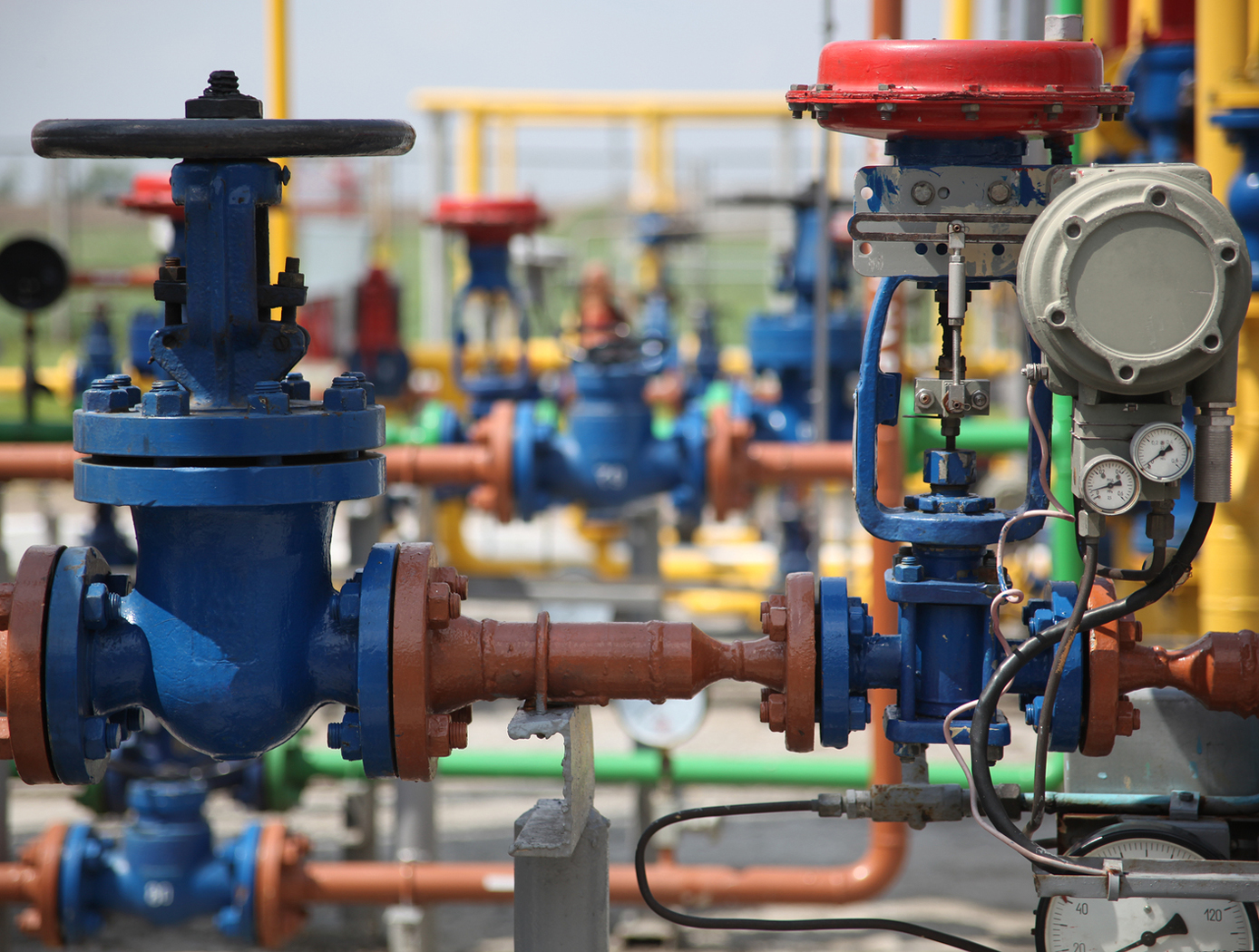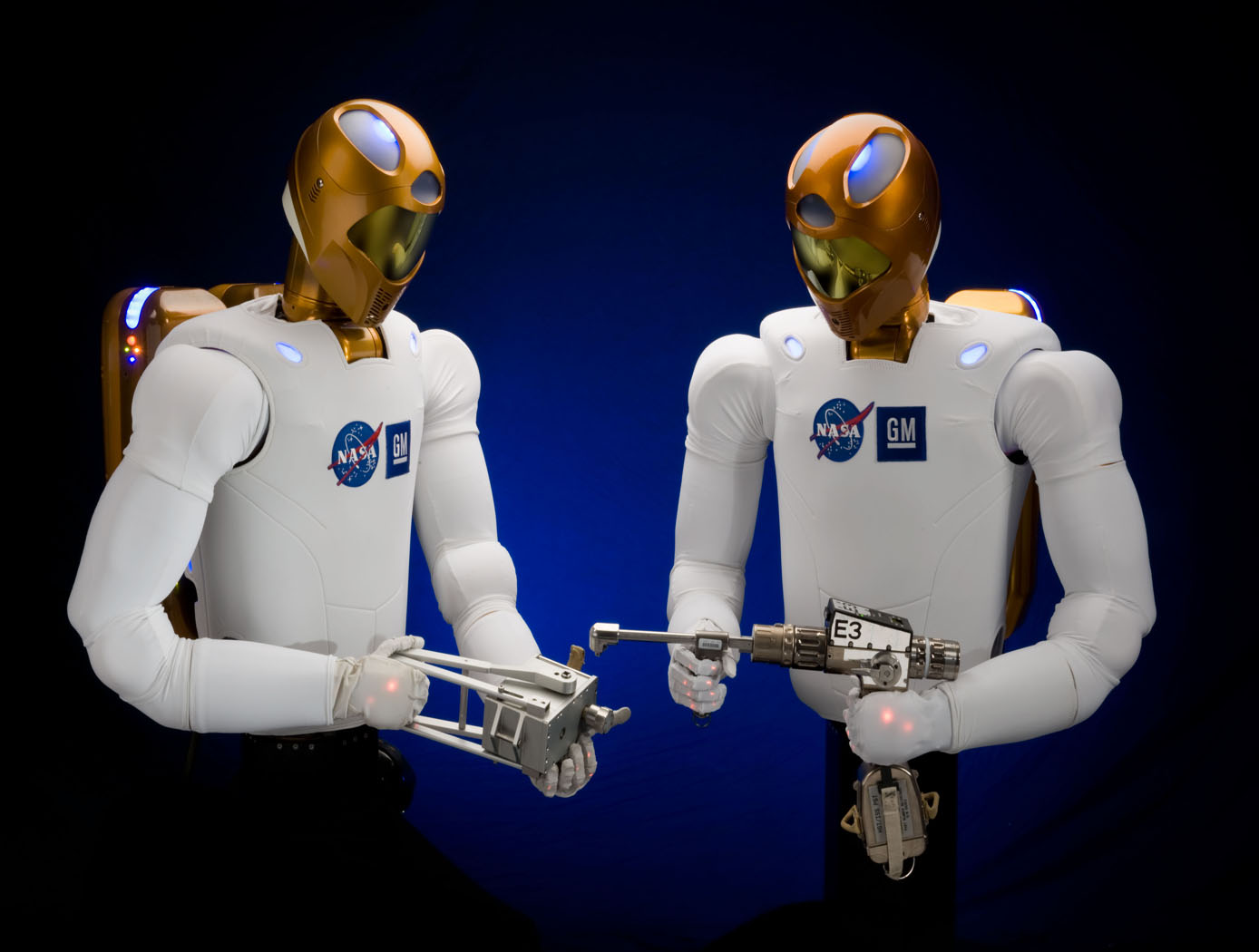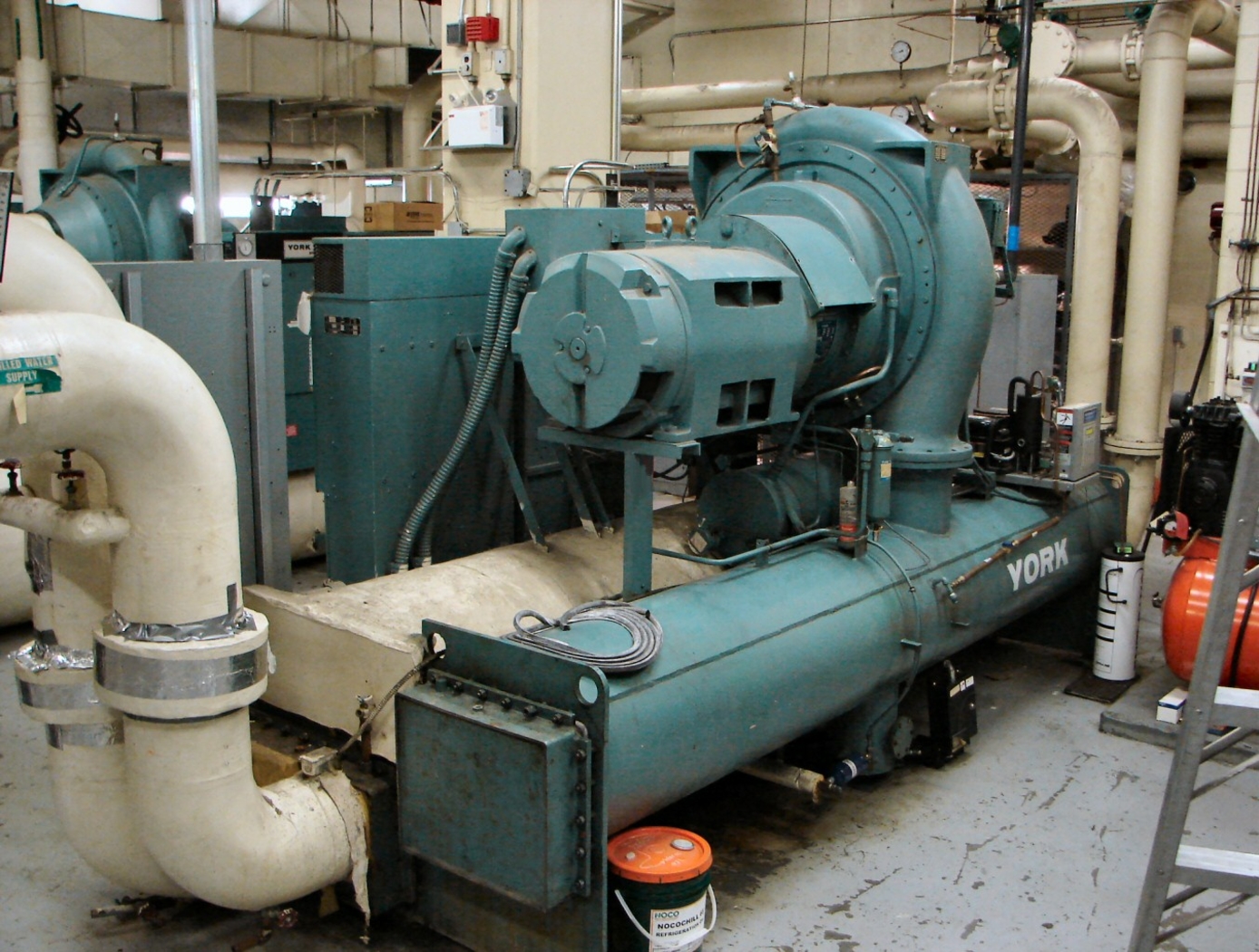Search
mechanical and fluid systems

Drain System for Pools, Spas, and Tanks
This drain system, originally created to increase safety in neutral buoyancy tanks, has a high potential for increasing safety and performance in any application using a recirculation system. As opposed to a traditional cover for a drainage system, this device is comprised of many long, narrow channels through which water can flow. The openings are configured in a way that there is never a suction force large enough to trap one or multiple human bodies. In addition, the channels are deep enough that hair or other objects cannot become entangled or knotted because they cannot reconnect once in the channel. The drain system can be patterned to suit any pool (or spa, tank, container, etc.), and it can be placed on the floor, walls, or both. The technology is suitable for mass production methods such as extruding or molding.
Why It's Better:
The NASA innovation combines many desirable safety features into one simple system. Along with the decreased risk of limb entrapment and entanglement, the drain system also does a more thorough job of mixing chemicals, which diminishes bacteria growth and decreases operating costs. The system requires no protrusive drain cover, thereby eliminating the risk of injury due to bodily contact with the drain.
instrumentation

Robotic Inspection System for Fluid Infrastructures
The Robotic Inspection System improves the inspection of deep sea structures such as offshore storage cells/tanks, pipelines, and other subsea exploration applications. Generally, oil platforms are comprised of pipelines and/or subsea storage cells. These storage cells not only provide a stable base for the platform, they provide intermediate storage and separation capability for oil. Surveying these structures to examine the contents is often required when the platforms are being decommissioned. The Robotic Inspection System provides a device and method for imaging the inside of the cells, which includes hardware and software components. The device is able to move through interconnected pipes, even making 90 degree turns with minimal power. The Robotic Inspection System is able to display 3-dimentional range data from 2-dimensional information. This inspection method and device could significantly reduce the cost of decommissioning cells. The device has the capability to map interior volume, interrogate integrity of cell fill lines, display real-time video and sonar, and with future development possibly sample sediment or oil.
information technology and software

Interactive Diagnostic Modeling Evaluator
The i-DME is a computer-user interactive procedure for repairing the system model through its abstract representation, diagnostic matrix (D-matrix) and then translating the changes back to the system model. The system model is a schematic representation of faults, tests, and their relationship in terms of nodes and arcs. D-matrix is derived from the system models propagation paths as the relationships between faults and tests. When the relation exists between fault and test, it is represented as 1 in the D-matrix. To repair the D-matrix and wrapper/test logic by playing back a sequence of nominal and failure scenarios (given), the user sets the performance criteria and accepts/declines the proposed repairs. During D-matrix repair, the interactive procedure includes conditions ranging from modifying 0s and 1s in the matrix, adding/removing the rows (failure sources) columns (tests), or modifying test/wrapper logic used to determine test results. The translation of changes to the system model is done via a process which maps each portion of the D-matrix model to the corresponding locations in the system model. Since the mapping back to the system model is non-unique, more than one candidate system model repair can be suggested. In addition to supporting the modification, it provides a trace for each modification such that a rational basis for each decision can be verified.
sensors

Detection Of Presence Of Chemical Precursors
These needs are met by this invention, which provide easy stem and associated method for detecting one or more chemical precursors (components) of a multi-component explosive compound. Different carbon nanotubes (CNTs) are loaded (by doping, impregnation, coating, or other functionalization process) for detecting of different chemical substances that are the chemical precursors, respectively, if these precursors are present in a gas to which the CNTs are exposed. After exposure to the gas, a measured electrical parameter (e.g. voltage or current that correlate to impedance, conductivity, capacitance, inductance, etc.) changes with time and concentration in a predictable manner if a selected chemical precursor is present, and will approach an asymptotic value promptly after exposure to the precursor.
The measured voltage or current are compared with one or more sequence soft heir reference values for one or more known target precursor molecules, and a most probable concentration value is estimated for each one, two, or more target molecules. An error value is computed, based on differences of voltage or current for the measured and reference values, using the most probable concentration values. Where the error value is less than a threshold, the system concludes that the target molecule is likely. Presence of one, two, or more target molecules in the gas can be sensed from a single set of measurements.
mechanical and fluid systems

Normally-closed (NC) Zero Leak Valve
The valve consists of two major sub-assemblies: the
actuator and the flow cavity. The actuator is preloaded to 1,250 N by adjusting the preload bolt, pressing the Terfenol-D against the now-deflected belleville springs. When actuation is needed, either solenoid coil is charged in a pulsed mode, causing magnetostriction or elongation in the Terfenol-D which deflects the belleville spring stack, supplying an increasing load to the stem until the parent metal seal is fractured. Once fractured, the spring inside the bellows drives the bellows base downward, onto a raised boss at the top of the fracture plate. When fracture has occurred, the stem and its spring stack is left, separated from the actuator column. The Terfenol-D is unloaded and returns to its original length. The valve remains open due to the spring inside the bellows.
materials and coatings

Silicon Carbide (SiC) Fiber-Reinforced SiC Matrix Composites
Aimed at structural applications up to 2700°F, NASA's patented technologies start with two types of high-strength SiC fibers that significantly enhance the thermo-structural performance of the commercially available boron-doped and sintered small-diameter “Sylramic” SiC fiber. These enhancement processes can be done on single fibers, multi-fiber tows, or component-shaped architectural preforms without any loss in fiber strength. The processes not only enhance every fiber in the preforms and relieve their weaving stresses, but also allow the preforms to be made into more shapes. Environmental resistance is also enhanced during processing by the production of a protective in-situ grown boron-nitride (iBN) coating on the fibers. Thus the two types of converted fibers are called “Sylramic-iBN” and “Super Sylramic-iBN”.
For high CMC toughness, two separate chemical vapor infiltration (CVI) steps are used, one to apply a boron nitride coating on the fibers of the preform and the other to form the SiC-based matrix. The preforms are then heat treated not only to densify and shrink the CVI BN coating away from the SiC matrix (outside debonding), but also to increase its creep resistance, temperature capability, and thermal conductivity.
One crucial advantage in this suite of technologies lies in its unprecedented customizability. The SiC/SiC CMC can be tailored to specific conditions by down-selecting the optimum fiber, fiber coating, fiber architecture, and matrix materials and processes. In any formulation, though, the NASA-processed SiC fibers display high tensile strength and the best creep-rupture resistance of any commercial SiC fiber, with strength retention to over 2700°F.
environment

Robonaut 2: Hazardous Environments
Robonaut 2 (R2) has the capability of functioning autonomously or it can be controlled by direct teleoperations, which is advantageous for hazardous environments. When functioning autonomously, R2 understands what to do and how to do it based on sensory input. R2's torso holds the control system while the visor holds several cameras that are incorporated into the visual perception system. With these capabilities, R2 can reduce or eliminate the need for humans to be exposed to dangerous environments. R2 also has a very rugged four-wheel base called the Centaur 2. The Centaur 2 base can lower or raise itself to and from the ground and turn its wheels in any direction, allowing it to turn in place and drive forward or sideways. This enables the R2 to enter hazardous areas or tackle difficult terrain without endangering its human operator.
Robonaut 2 as a whole, or some of its components, can be an invaluable tool for land mine detection, bomb disposal, search and rescue, waste recycling, medical quarantined area, and so much more. The suite of technologies provides an ability to manipulate tools to help with a task, or it can tackle many tasks in a row, where a standard robot may not have the dexterity or sensing capability to get the job done. R2 could pick through nuclear waste, measure toxicity levels, and survey areas too remote or dangerous for human inspection. R2 could deal with improvised explosive devices, detect and dispose of bombs or landmines, and operate equipment that can break through walls or doors.
manufacturing

Robonaut 2: Industrial Opportunities
NASA, GM, and Oceaneering approached the development of R2 from a dual use environment for both space and terrestrial application. NASA needed an astronaut assistant able to function in space and GM was looking for a robot that could function in an industrial setting. With this in mind, R2 was made with many capabilities that offer an enormous advantage in industrial environments. For example, the robot has the ability to retool and vary its tasks. Rather than a product moving from station to station on a conveyor with dozens of specialized robots performing unique tasks, R2 can handle several assembly steps at a single station, thereby reducing manufacturing floor space requirements and the need for multiple robots for the same activities. The robot can also be used in scenarios where dangerous chemicals, biological, or even nuclear materials are part of the manufacturing process.
R2 uses stereovision to locate human teammates or tools and a navigation system. The robot was also designed with special torsional springs and position feedback to control fine motor movements in the hands and arms. R2's hands and arms sense weight and pressure and stop when they come in contact with someone or something. These force sensing capabilities make R2 safe to work side-by-side with people on an assembly line, assisting them in ergonomically challenging tasks or working independently.
This NASA Technology is available for your company to license and develop into a commercial product. NASA does not manufacture products for commercial sale.
mechanical and fluid systems

Variable-Aperture Reciprocating Reed (VARR) Valve
The VARR valve has been designed to provide a variable-size aperture that proportionately changes in relation to gas flow demand. When the pressure delta between two chambers is low, the effective aperture cross-sectional area is small, while at high delta pressure the effective aperture cross-sectional area is large. This variable aperture prevents overly restricted gas flow. As shown in the drawing below, gas flow through the VARR valve is not one way. Gas flow can traverse through the device in a back-and-forth reversing flow manner or be used in a single flow direction manner. The contour shapes and spacing can be set to create a linear delta pressure vs. flow rate or other pressure functions not enabled by current standard orifices. Also, the device can be tuned to operate as a flow meter over an extremely large flow range as compared to fixed-orifice meters. As a meter, the device is capable of matching or exceeding the turbine meter ratio of 150:1 without possessing the many mechanical failure modes associated with turbine bearings, blades, and friction, etc.
materials and coatings

High-Performance Polyimide Powder Coatings
Powder coatings are used throughout industry to coat a myriad of metallic objects. This method of coating has gained popularity because it conserves materials and eliminates volatile organic compounds. Resins traditionally chosen for powder coatings have low melting points that enable them to melt and flow into a smooth coating before being cured to a durable surface. High-performance resins, such as Teflon, nylon, and polyimide, have not been found suitable for use in powder coatings because of their high melting points.
However, KSC's newly developed polyamic acid resins with low melting points can be used in a powder coating. These polyamic acid resins, when sprayed onto metal surfaces, can be cured in conventional powder coating ovens to deliver high-performance polyimide powder coatings. The polyimide powder coatings offer superior heat and electrical stability as well as superior chemical resistance over other types of powder coatings.


